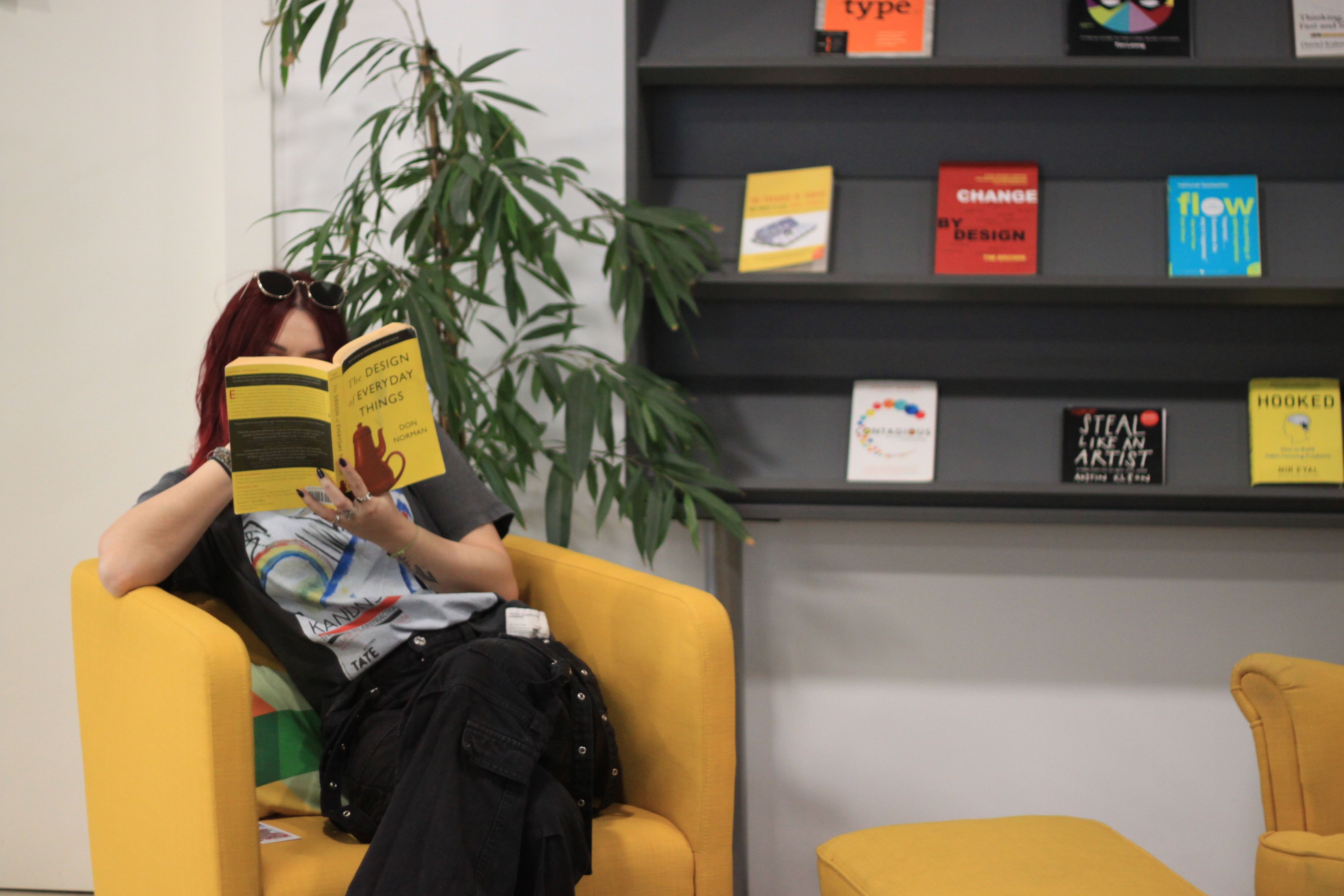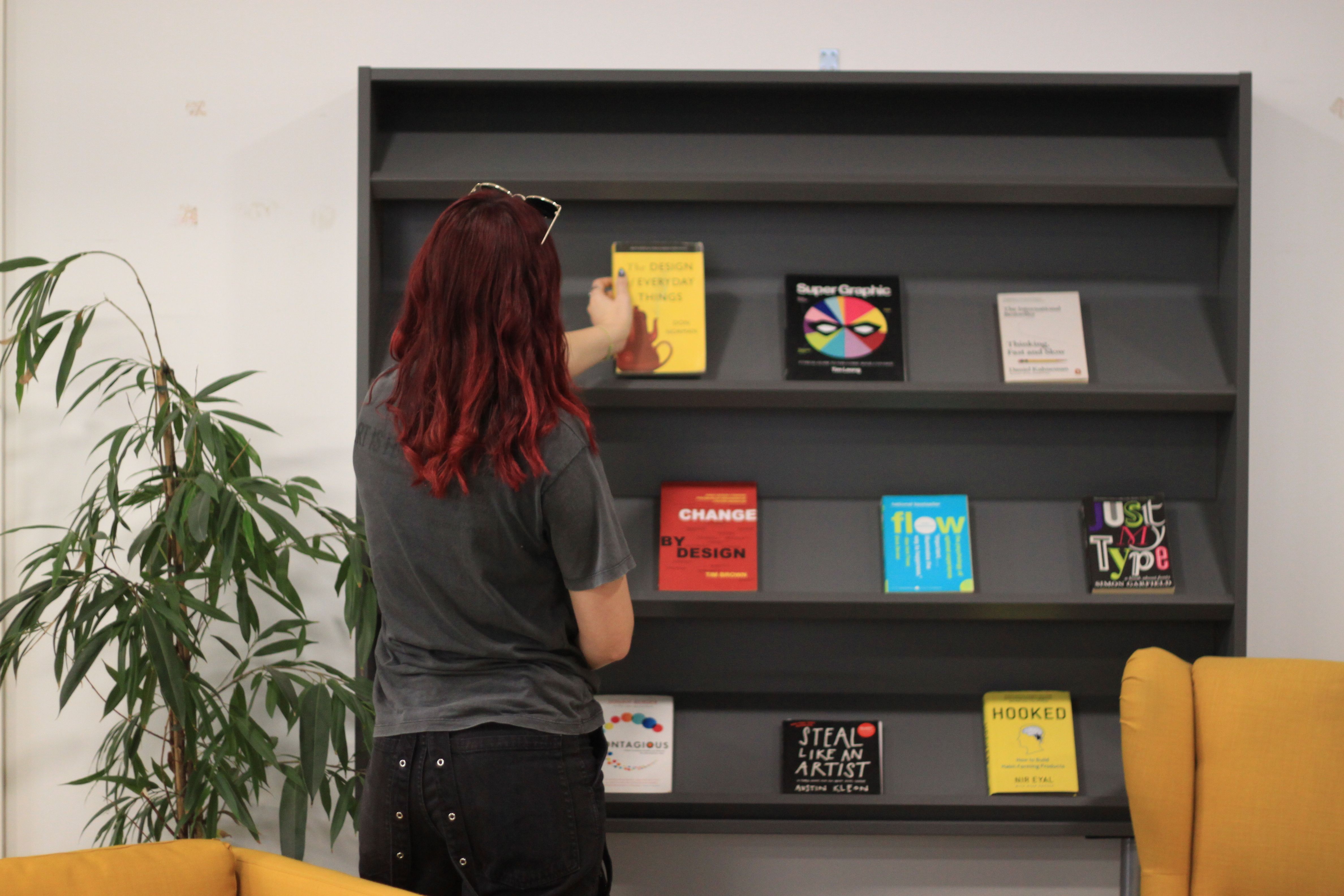The Design Book Club — Book #1: "The Design of Everyday Things" by Don Norman
AuthorPaula Grubiša
DateMar 29, 2024
We're thrilled to kick off our journey into the Design Book Club with our first book: "The Design of Everyday Things" by Don Norman. In his work, Norman explores the details and complexities of design principles that shape our interactions with everyday objects, urging us to rethink the way we perceive and engage with the world around us.
Don Norman is a prominent figure in the field of design and cognitive science, renowned for his groundbreaking contributions to user-centered design and human-computer interaction. As a psychologist, engineer, and author, Norman has dedicated his career to understanding the complexities of human behavior and applying this knowledge to improve the design of everyday objects and technology.
Through his influential books, including "The Design of Everyday Things," Norman has inspired countless designers to prioritize usability, accessibility, and user experience in their work, shaping the way we interact with the world around us.
Click here to become a DBC member now and find out which book we’re reading next!

"The Design of Everyday Things" by Don Norman
Each chapter in "The Design of Everyday Things" offers valuable insights into the principles of design and their applications in our everyday lives, making it a must-read for every person working in the field of human-computer interaction and user-centered design. The book may have the “design” in its title, but in the 1980s, the original title was “The Psychology of Everyday Things”, so this book covers topics for people working in design, sales, marketing, business, product, branding, finance, and many more.
CHAPTER 1: The Psychopathology of Everyday Things
In this chapter, we dive into the fundamental principles of design, where Norman introduces the concepts of affordances and signifiers. He explores how well-designed objects provide clear clues about their functions and usage, allowing users to interact without any efforts. Through his own examples, Norman highlights the importance of designing products that align with users' mental models and expectations, ultimately supporting the human-centered and intuitive design that minimizes user errors and frustrations.
LESSONS LEARNED:
- Design objects with clear affordances and signifiers to guide users intuitively.
- Ensure that the design communicates the function and operation of the object effectively, reducing user errors and frustrations.
CHAPTER 2: The Psychology of Everyday Actions
In “The Psychology of Everyday Actions” we dig deeper into human cognition and behavior, examining how mental models influence our interactions with technology and everyday objects. Norman discusses the cognitive processes involved in performing everyday tasks, emphasizing the role of feedback and constraints in guiding user actions. By understanding the psychology behind user behavior, designers can create easier and more intuitive products, enhancing the overall user experience.
LESSONS LEARNED:
- Understand the mental models and cognitive processes of users to design products that align with their expectations.
- Provide feedback and constraints that support users in performing tasks efficiently and confidently.
CHAPTER 3: Knowledge in the Head and in the World
This chapter explores the concept of distributed cognition, which refers to the distribution of knowledge between the user's mind and the environment. Norman discusses how external environmental cues and information can serve as cognitive aids, helping users perform tasks more efficiently and effectively. By designing products that leverage the environment to support user actions and decision-making, designers can create interfaces that are easier to understand and use.
LESSONS LEARNED:
- Leverage the environment as a source of information to support users' decision-making processes and simplify task completion.
- Design products that distribute information between the user's mind and the world, reducing the cognitive load and making interactions more intuitive.

CHAPTER 4: Knowing What to Do
In the fourth chapter, Norman examines the concept of mapping, which refers to the relationship between the user's intentions and the system's actions. Here we can understand the importance of creating clear mappings that allow users to easily understand how to interact with a product and achieve their goals. Norman demonstrates how well-designed mappings can enhance usability and user satisfaction through examples ranging from door handles to digital interfaces (like those in airplanes).
LESSONS LEARNED:
- Create clear mappings between user intentions and system actions to enhance usability and ensure that users understand how to operate the product.
- Use conceptual models to bridge the gap between users' mental models and the system's functionality, improving transparency and predictability.
CHAPTER 5: Human Error? No, Bad Design
"Errors" are actually the result of poor design and systems that fail to support users' expectations and natural behaviors. In this chapter, Norman emphasizes that users should not be blamed for errors, but rather, designers should take responsibility for creating products that are intuitive and easy to use. We can read about numerous examples, ranging from confusing door handles to poorly labeled switches, showing how simple design flaws can lead to frustration and errors, creating a bad user experience. By shifting the focus from blaming users to working on design improvements, designers should use a user-centered approach that prioritizes understanding user needs, behaviors, and constraints.
LESSONS LEARNED:
- Shift the focus from blaming users for errors to improving design, recognizing that many usability issues stem from poorly designed systems rather than user incompetence.
- Design with empathy and consideration for users' needs and abilities, prioritizing user-centered approaches to minimize errors and frustrations.
CHAPTER 6: Design Thinking
This chapter explores the seven stages of human action and how design can influence each stage to enhance usability. Norman emphasizes the importance of understanding the cognitive processes involved in performing tasks and creating products that support users throughout the action cycle. By aligning design with users' mental models and expectations, designers can create interfaces that are intuitive, efficient, and enjoyable to use, ultimately improving the UX.
LESSONS LEARNED:
- Design interfaces that align with users' mental models and facilitate their actions at each stage of the process reduces cognitive friction, enhancing usability and user experience.
- Prioritize simplicity, consistency, and transparency in design to ensure that users can navigate the product effortlessly and achieve their goals with minimum effort and confusion.
CHAPTER 7: The Design of Everyday Things in the World of Business
In this chapter, Norman examines the role of design in business success, highlighting the value of user-centered design principles in creating competitive advantages and fostering customer satisfaction. He discusses the importance of incorporating design thinking into business strategies, emphasizing the need for organizations to prioritize user needs and preferences in product development. Through different case studies and examples, Norman illustrates how businesses can leverage design as a strategic asset to drive innovation and achieve market success.
LESSONS LEARNED:
- Recognize the strategic value of design in driving business success and fostering customer satisfaction, integrating design thinking into business strategies to create competitive advantages.
- Prioritize user needs and preferences in product development, recognizing that well-designed products lead to higher customer engagement, loyalty, and profitability.
And that's it, folks! I covered all the chapters in the book and gathered the most valuable lessons from each one, but I also have something extra, and that is — top quotes from the book!

Top 10 design quotes from "The Design of Everyday Things" by Don Norman:
- "Good design is actually a lot harder to notice than poor design, in part because good designs fit our needs so well that the design is invisible."
- "Design is really an act of communication, which means having a deep understanding of the person with whom the designer is communicating."
- "Design must first and foremost serve people. It must respond to their needs, their abilities, their preferences."
- "The design of everyday things is the design of the environment, made understandable and usable."
- "A good design enables us to achieve our goals with minimum fuss, minimum effort, minimum confusion."
- "The designer must always strive to reduce the complexity of a task, making it easier for the user to understand, manipulate, and relate to."
- "Design is about making things usable, enjoyable, and understandable. It is about making things better for people."
- "The best designers are those who understand human behavior and psychology, who design with empathy and consideration for the user."
- "Design is not just about making things pretty; it's about making things work better, making things more usable, making things more enjoyable to use."
- "The best designs are those that are completely invisible, that fit so well into our activities that we aren't even aware of them."
And one extra (my favorite):
'Norman's Law: The day the product team is announced, it is behind schedule and over its budget.'
These quotes capture the essence of Don Norman's philosophy on design and offer valuable insights into the principles and goals of good design. Thank you, Don!
Design Book Club Meetup #1 Recap
Our first live meetup was filled with vibrant discussions, insightful reflections, and plenty of shared enthusiasm for the topics explored in our first book. From examples of bad UX to unraveling the psychology behind human-centered design, our members brought different perspectives and experiences to the table.

We all shared our personal anecdotes, and usability problems, debated design dilemmas, and talked about innovative solutions mentioned in Norman's book. Thank you all for applying to participate in our meetup, but we had to pick a few of the candidates to keep our discussion group small and interactive. Don't forget to apply for the next live meetup — our goal is to allow each member of the Design Book Club to join us for live discussion!
Whether you're a seasoned designer, a curious enthusiast, or simply someone intrigued by the magic of design, there's a place for you in our vibrant community.
Click here to become a DBC member now and find out which book we’re reading next!